Exploring the Future: The Energy System of Estonia in 2025
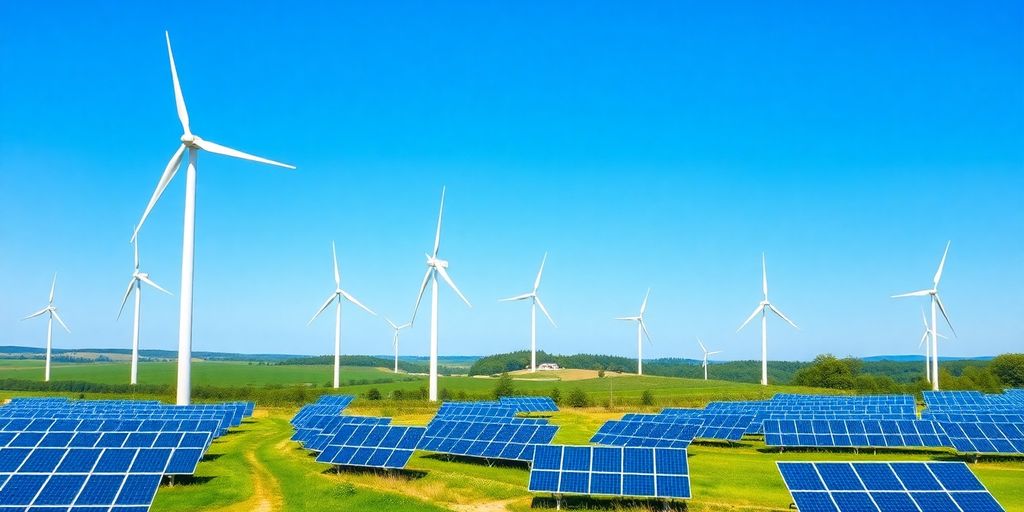
Hey there, ever wondered what Estonia’s energy landscape might look like in 2025? Well, it’s shaping up to be pretty different from today. The country is making big moves towards renewable energy, aiming to cut down on oil shale and boost green tech. They’re not just doing this for the environment but also to be a key player in Europe’s energy scene. From wind farms to electric cars, Estonia’s got a lot on its plate, and it seems like they’re ready to take on the challenge.
Key Takeaways
- Estonia is pushing hard to expand its renewable energy sources, focusing on wind and solar power.
- The country is working to integrate more deeply with the European energy network, enhancing regional security.
- Decarbonizing transport is a big goal, with plans to promote electric vehicles and update energy taxes.
- There’s a strong push to move away from oil shale, with legislative support boosting wind and solar projects.
- Digital innovation is at the forefront, positioning Estonia as a leader in energy tech and efficiency.
Renewable Energy Initiatives in Estonia

Wind and Solar Power Expansion
Estonia is stepping up its game in the renewable energy sector, with a sharp focus on expanding wind and solar power. Wind energy projects are sprouting up across the country, aiming to harness the breezy Baltic conditions. Meanwhile, solar panels are becoming a common sight on rooftops, taking advantage of the long summer days. The government has set ambitious targets to boost these energy sources, which are seen as a path to reducing reliance on oil shale.
Biomethane Production Increase
Another exciting development is the push to increase biomethane production. This renewable gas is viewed as a key player in Estonia’s energy mix, particularly for heating and transport. By turning organic waste into energy, Estonia is not only reducing waste but also cutting down on fossil fuel use. The plan includes building new facilities to ramp up production, making biomethane a staple in the country’s energy diet.
Streamlining Renewable Permitting
Estonia is also working on making it easier to get renewable energy projects off the ground. The bureaucratic hurdles that have slowed down progress in the past are being addressed. Streamlining the permitting process is expected to attract more investors and speed up the transition to green energy. The goal is to create a more efficient system that supports quick deployment of renewable projects, aligning with Estonia’s climate goals.
Estonia’s Role in the European Energy System
Electricity Interconnection with EU
Estonia has been making strides in connecting its electricity grid with the rest of Europe. The country already surpasses the EU’s target for electricity interconnection levels, and by 2025, the Baltic electricity grid is expected to fully synchronize with the continental European grid. This move is more than just technical; it’s about ensuring energy security and stability, especially as Estonia reduces its reliance on oil shale for power.
Regional Energy Security Benefits
By embedding itself into the European energy framework, Estonia gains significant regional energy security benefits. Instead of focusing on energy independence, the country is working closely with its EU neighbors. This collaboration helps to diversify energy supply sources and enhances the overall security of supply. It’s a smart move considering the unpredictable nature of global energy markets.
Market-Based Solutions for Supply Diversification
Estonia is prioritizing market-based solutions to diversify its energy supply. The approach is all about finding economic pathways that make sense in today’s complex energy landscape. By working with the EU, Estonia is identifying ways to bring more renewable energy into the mix and reduce dependency on any single source. This strategy not only supports energy security but also aligns with broader European goals for a cleaner, more sustainable energy future.
Estonia’s integration into the European energy system is not just about keeping the lights on. It’s a strategic shift towards a more sustainable and secure energy future, where cooperation and innovation are key.
Decarbonizing Estonia’s Transport Sector

Promoting Electric Vehicles
Estonia is stepping up its game when it comes to electric vehicles (EVs). The government is rolling out incentives to get more people behind the wheel of EVs. Tax breaks and subsidies are making EVs more affordable, encouraging people to make the switch. Charging stations are popping up everywhere, making it easier for drivers to keep their cars juiced up. This push is not just about reducing emissions; it’s about creating a cleaner, quieter urban environment.
Revising Energy Taxation Policies
The current energy taxation system is getting a makeover. Estonia is tweaking the taxes on fuels to better reflect their environmental impact. This means higher taxes on fossil fuels and lower ones on cleaner alternatives. The idea is to nudge consumers and businesses towards greener choices. This shift in policy is expected to accelerate the adoption of low-emission technologies, especially in the transport sector.
Phasing Out Polluting Transport
Estonia is serious about cutting down on pollution from vehicles. The plan is to gradually phase out older, more polluting cars and replace them with cleaner options. A mix of incentives and regulations will guide this transition. The government is considering vehicle taxes based on emissions, which will make greener cars more attractive. This approach aims to not only reduce emissions but also improve air quality and public health.
"Transforming the transport sector is no small feat, but Estonia is on the right track. By pushing for cleaner vehicles and smarter policies, the country is paving the way for a sustainable future."
The Shift from Oil Shale to Clean Energy
Challenges of Reducing Oil Shale Dependency
Estonia’s energy landscape has long been dominated by oil shale, a resource that has provided a significant level of energy independence. However, this reliance comes at a cost, particularly in terms of environmental impact. Reducing dependency on oil shale is a major hurdle for Estonia’s clean energy transition. The country faces the challenge of balancing economic stability with environmental responsibility. As oil shale is phased out, there are concerns about job losses in the sector and the economic impact on communities reliant on this industry.
Boosting Wind and Solar Generation
To counteract the decline of oil shale, Estonia is ramping up its wind and solar energy projects. The government has set ambitious goals to expand these renewable sources, aiming to meet a larger share of the country’s energy needs with clean alternatives. Wind farms along the coast and solar panels in urban and rural areas are becoming more common sights. This shift not only helps reduce carbon emissions but also positions Estonia as a leader in renewable energy in the region.
Legislative Support for Energy Transition
Legislation plays a critical role in facilitating Estonia’s move away from oil shale. The government has introduced policies that incentivize investment in renewable energy and streamline the permitting process for new projects. These legislative measures are designed to attract both domestic and international investors, ensuring that the transition to clean energy is economically viable. Additionally, there is a focus on research and development to innovate and improve energy efficiency across various sectors.
Estonia is at a crossroads, where the decisions made today will shape its energy future. Embracing renewable energy sources while managing the decline of oil shale is not just an environmental imperative but also an opportunity for economic transformation. The journey is complex, but the potential benefits are immense.
Digitalization and Innovation in Estonia’s Energy Sector
Estonia as a Technology Hub
Estonia is not just a small country in Northern Europe; it’s a powerhouse of digital innovation. Recognized as an Innovation Champion by the Consumer Technology Association (CTA), Estonia’s commitment to digital advancement is clear. The nation has been at the forefront of integrating digital solutions across various sectors, and the energy sector is no exception. With its strategic position and technological prowess, Estonia is poised to be a leader in energy sector digitalization. This role offers a template for other countries striving for similar advancements.
Digital Solutions for Energy Efficiency
In the quest for energy efficiency, Estonia is leveraging digital solutions to monitor and optimize energy usage. Smart grids and IoT devices are being deployed to provide real-time data, helping consumers and businesses manage their energy consumption better. This digital transformation is not just about technology; it’s about creating a more efficient and sustainable energy system.
Knowledge Sharing and Capacity Building
Estonia is also focusing on knowledge sharing and capacity building to support its energy transition. By promoting best practices and fostering collaboration, the country is helping to build a robust framework for sustainable energy development. Initiatives in education and training are ensuring that the workforce is equipped with the necessary skills to drive innovation in the energy sector.
Estonia’s approach to digitalization in the energy sector is not just about adopting new technologies. It’s about creating an ecosystem where innovation thrives, and sustainable practices are the norm. This forward-thinking mindset is what sets Estonia apart as a leader in the digital age.
Future Prospects of Nuclear Energy in Estonia
Small Modular Reactors Development
Estonia is seriously considering the development of Small Modular Reactors (SMRs) to cut down on fossil fuel reliance and achieve net-zero emissions. These compact, factory-built reactors are modular, making them easier to transport and set up compared to traditional nuclear power plants. SMRs are capable of producing up to 300 megawatts of electricity per unit, about a third of what larger nuclear reactors generate. This makes them ideal for Estonia, where space and infrastructure may limit the deployment of larger plants.
Plans are underway to submit an application for a national special planning scheme. If all goes well, the first construction phase could begin soon after the parliamentary decision. Estonia aims to have its first SMR operational by 2035, with Fermi Energia leading the charge.
Nuclear Energy for Price Stability
Nuclear energy is seen as a way to provide long-term price stability in Estonia’s energy market. By integrating nuclear power with other renewable sources, Estonia can ensure a steady supply of electricity that isn’t subject to the whims of fossil fuel markets. This stability is crucial as the country moves away from oil shale and other non-renewable energy sources. The expected cost of electricity production from these reactors is around €75 per megawatt hour, providing a competitive edge.
Integration with Renewable Energy Sources
The integration of nuclear energy with renewable sources like wind and solar is a significant step towards a balanced energy mix. Nuclear power offers a consistent output, complementing the variable nature of renewables. This hybrid approach will help Estonia meet its ambitious climate goals, ensuring energy security while reducing carbon emissions. The collaboration between nuclear and renewable energy sectors could also lead to innovative solutions, enhancing overall efficiency and reliability.
Estonia’s commitment to nuclear energy represents a forward-thinking approach to energy security and environmental responsibility. By embracing both nuclear and renewable energy, the country is setting a precedent for a sustainable future.
Policy and Regulatory Framework for 2025
Estonia’s Climate Law and Targets
Estonia is going all in on tackling climate change. The country’s climate law is setting a bold tone for 2025, aiming for a significant drop in carbon emissions. The goal is to reach carbon neutrality by the middle of the century, and they’re not just talking the talk. This involves a mix of renewable energy adoption, energy efficiency improvements, and cutting down on fossil fuel use. Estonia’s strategy is all about balancing environmental goals with economic growth, ensuring that the transition is as smooth as possible.
Incentive Schemes for Renewable Deployment
To get more renewables into the mix, Estonia is rolling out some pretty enticing incentives. These schemes are designed to make it easier and more appealing for businesses and households to switch to green energy. Here’s a quick look at what they’re offering:
- Tax breaks for companies investing in renewable technologies.
- Grants for households installing solar panels or heat pumps.
- Easier access to low-interest loans for green energy projects.
These incentives are not just about saving money; they’re about jumpstarting a cleaner energy future.
Institutional Architecture for Energy Transition
Estonia’s energy transition isn’t happening in a vacuum. The government is setting up a solid institutional framework to back up its ambitious plans. This means creating new agencies and beefing up existing ones to handle everything from policy enforcement to innovation support. The idea is to have a well-oiled machine that can adapt to changes and push the energy transition forward effectively.
As Estonia gears up for a greener future, the focus is on creating a regulatory environment that supports innovation, encourages investment, and ultimately leads to a sustainable energy landscape. The road ahead is challenging, but with the right framework, Estonia is poised to make significant strides in its energy transition.
Conclusion
Looking ahead to 2025, Estonia stands at a pivotal moment in its energy journey. The country is making strides in reducing its reliance on oil shale, a move that’s crucial for cutting down emissions. With a focus on renewable energy, Estonia is not just keeping up with global trends but setting an example. The integration with the European energy grid promises enhanced security and stability, ensuring that the lights stay on even as the energy landscape shifts. As Estonia continues to embrace digital solutions and innovative technologies, it positions itself as a leader in energy sector digitalization. The road ahead is challenging, but with clear policies and a commitment to sustainability, Estonia is well on its way to a cleaner, more secure energy future.
Frequently Asked Questions
What are Estonia’s plans for renewable energy by 2025?
By 2025, Estonia aims to expand its wind and solar power capabilities, boost biomethane production, and make it easier to get permits for renewable energy projects.
How is Estonia connected to the European energy system?
Estonia is closely linked to the European energy system through electricity connections with EU neighbors, which helps improve regional energy security and supply diversity.
What steps is Estonia taking to reduce pollution from transportation?
Estonia is encouraging the use of electric vehicles, updating energy taxes, and phasing out the most polluting forms of transport to cut emissions.
Why is Estonia moving away from oil shale?
Estonia is reducing its reliance on oil shale to embrace cleaner energy sources like wind and solar, supported by new laws to ease the energy transition.
How is digital technology impacting Estonia’s energy sector?
Estonia is a leader in energy sector digitalization, using technology to improve energy efficiency and sharing knowledge to build capacity.
What role might nuclear energy play in Estonia’s future?
Estonia is exploring the development of small modular reactors to provide stable energy prices and integrate with renewable sources.
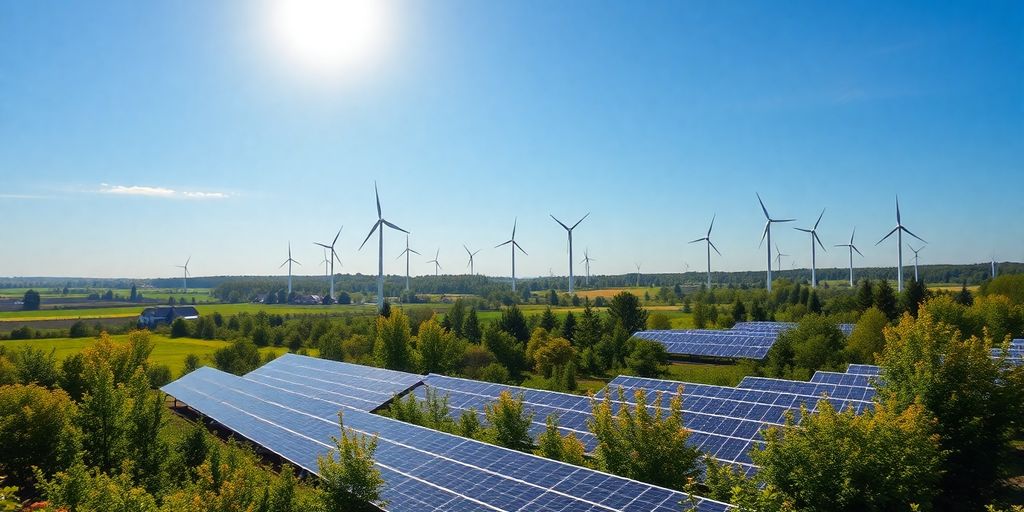
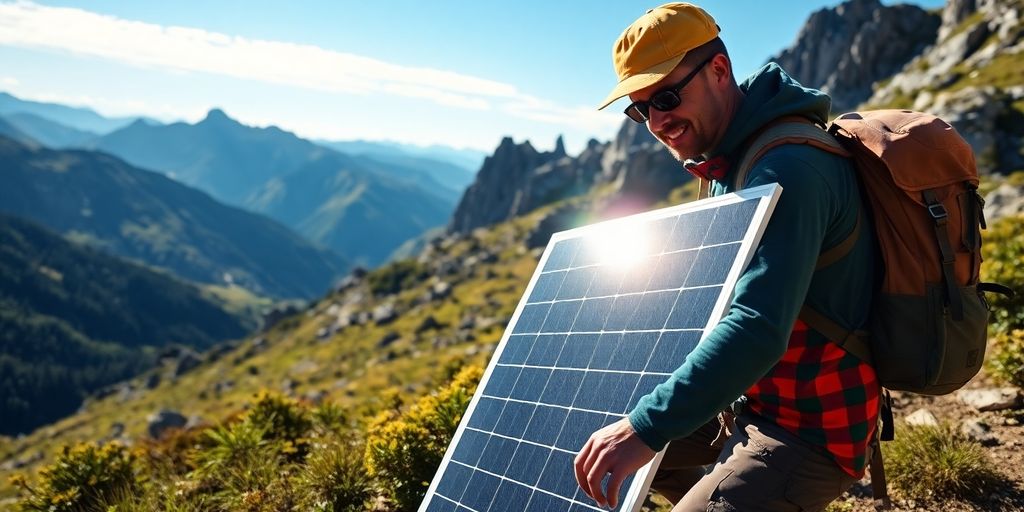
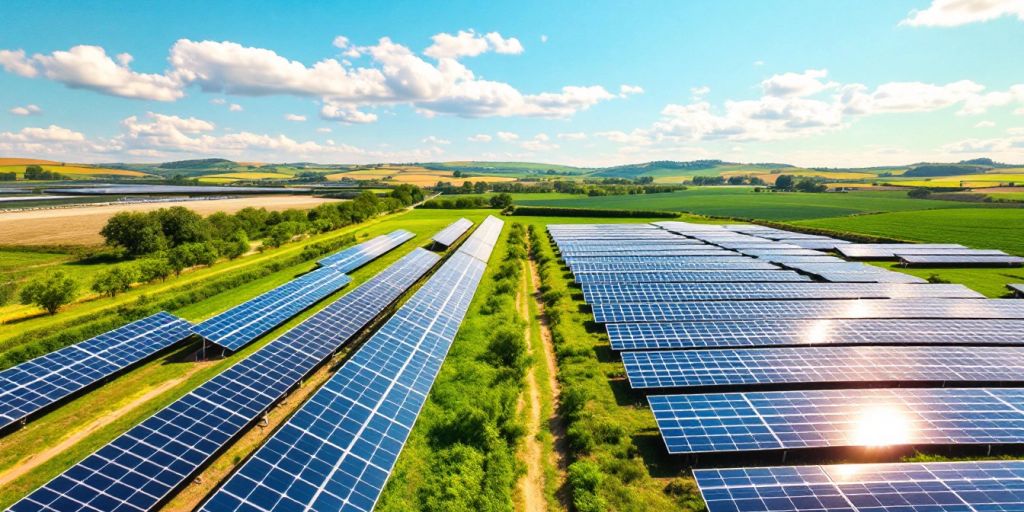
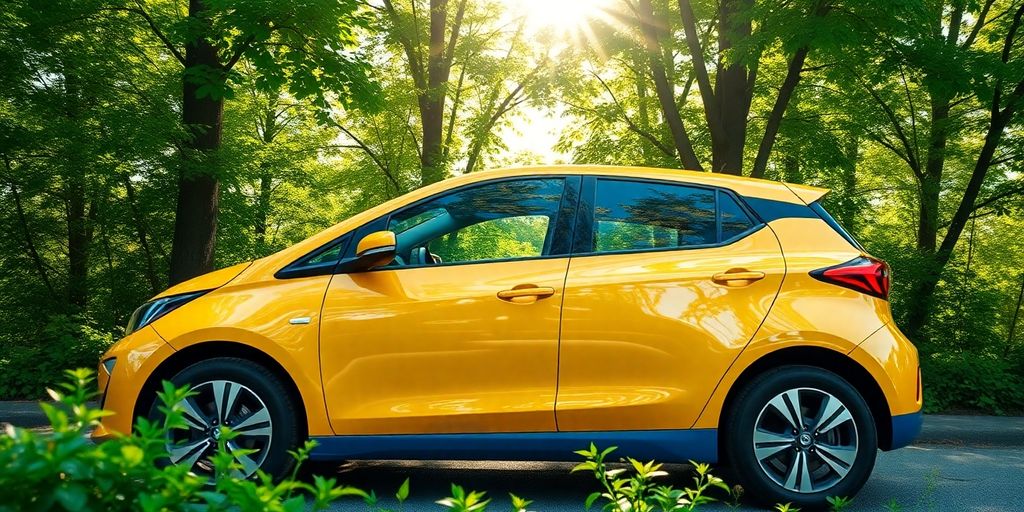
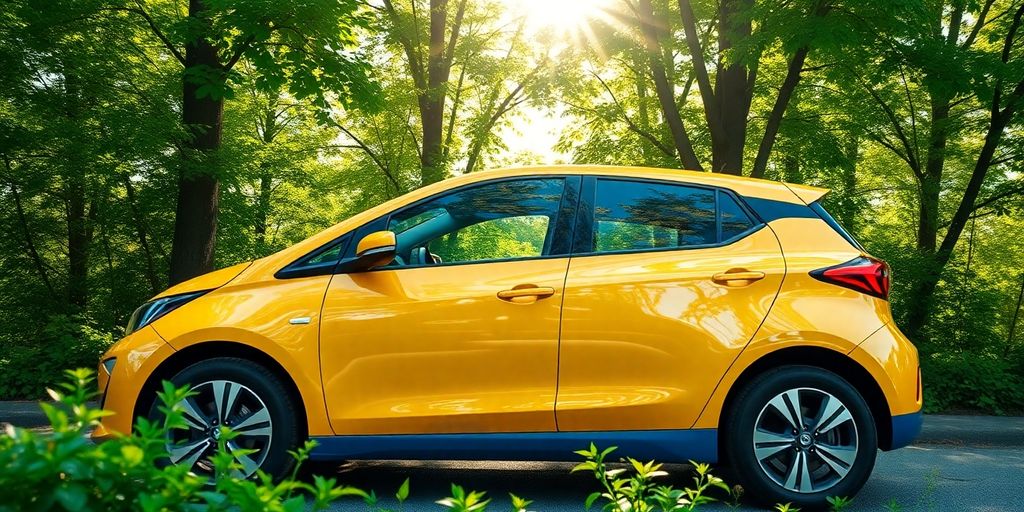

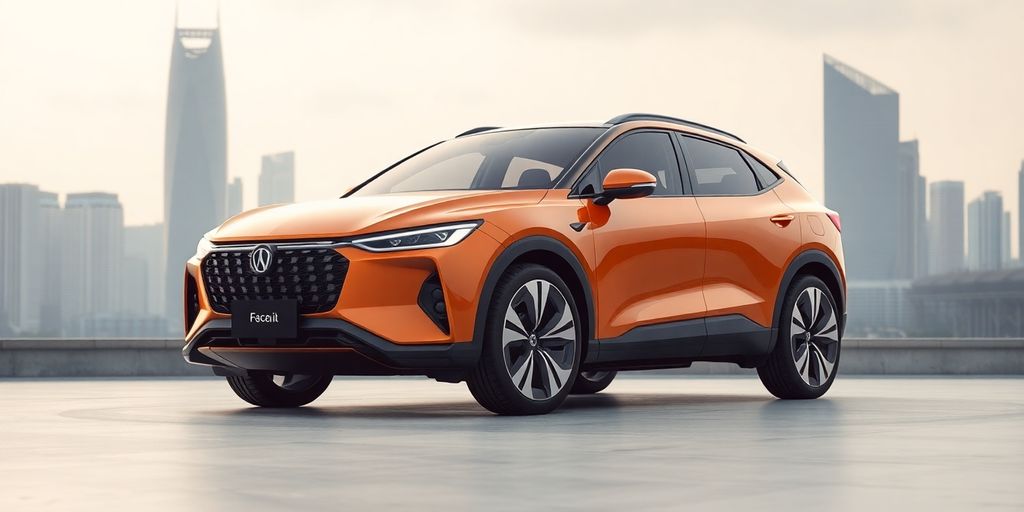
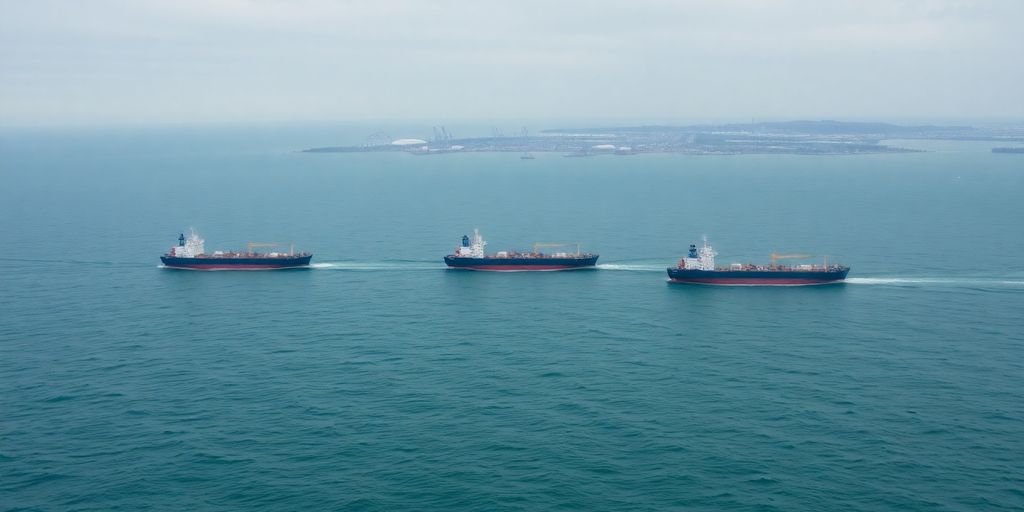
Responses